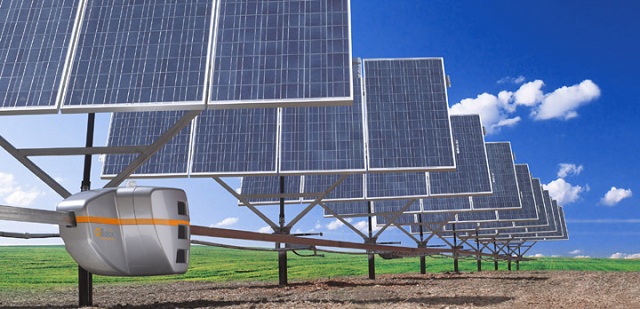Opportunities abound in solar energy development

Mandlakhe Ncube
THERE is a growing trend of consumers shifting towards solar energy and other forms of renewable energy. Generally solar is one of the most abundant forms of renewable energy in the world.
There are lots of opportunities in the development of solar energy as the sun is not owned by anyone. Individuals can harness solar energy to bring down their bills to state power companies and as a result this promotes savings in foreign currency that would have been used to import power from neighbouring countries.
At corporate level, the cost of production is reduced, which has a bearing on the pricing models and ultimately competitiveness of corporates in terms of prices and promotion of cleaner production. At national level, countries become net exporters of power, are sustainable in terms of power requirements and reduce the carbon footprint, which drives the green-house effect.
Developed countries and regions including Australia, Europe, Japan and North America have seen significant growth in numbers of residential and industrial electricity customers who produce their own power.
Solar energy is a cleaner form of energy compared to other forms of energy. While it is clean as a renewable source of energy, its production does not involve many moving parts unlike wind and hydrothermal power. It therefore comes with minimal maintenance compared to other forms of both renewable and non-renewable forms of energy. Solar is actually a source of several other forms of energy, which include but are not limited to the following:
Hydro-thermal power is derived when the sun’s rays heat the earth’s surface and water bodies resulting in water vapour that condenses and forms rain, which gives rise to rivers and lakes. These water channels when blocked with walls can be used to drive turbines that produce electricity.
Wind energy is as a result of the sun’s rays heating the earth’s surface and water bodies. However, the extent to which the heat is absorbed by these different absorbents is also different due to their composition. The absorbed heat heats up the air above the absorbent and the rate at which the heat is released by these absorbents is different, which gives rise to the different rates of air movement that we call wind.
Biogas is produced by dead plants and animals, which derive their food and growth from the sun’s energy. As they (plants and animals) age, which is also influenced by the sun’s effect on their make-up, they die and release methane gas, which needs a certain temperature for its generation and this is derived from the sun. Tidal power is as a result of the rise and fall of sea or ocean levels. This is caused by the sun’s energy that is absorbed by these water bodies.
With solar energy products, the initial investment is high although research is still ongoing to bring the cost down. The cost of producing solar power used to be around $100 per watt back in the 1970s compared to now where it varies from around $0.50 to just above a $1 depending on the country’s policies towards renewable energy and industry’s efficiencies.
With solar, the most expensive component is the battery, which is used to store energy for use over night or during periods of overcast skies when it is cold or raining. Energy storage is a major cost driver in all forms of renewable energy. The payback period varies on the size of system from a couple of years to decades depending on the economics and technological advancements among other factors.
Studies have shown that the amount of energy produced by solar systems can replace other forms of energy although a lot of investment will be needed to make this assertion a reality. The sun will continue to provide energy for the next billion of years based on scientific research. With solar, the challenge that it poses in terms of environmental concerns is the disposal of solar batteries materials of construction.
Mandlakhe Ncube is a renewable energy expert and operations manager for Solar Tech Africa, a local solar products company. Feedback on +263772351019, e-mail [email protected]












Comments